Smashing Success: What DART’s Asteroid Impact Mission Revealed for Planetary Defense
In September 2022, NASA’s Double Asteroid Redirection Test (DART) mission marked a historic milestone in planetary defense. The spacecraft collided with Dimorphos, the moon of the asteroid Didymos, 11 million kilometers from Earth.
This first real-world test aimed to see if we could deflect an asteroid on a collision course with our planet.
The Mission's Objectives
DART’s primary goal was to determine if humanity could alter an asteroid’s trajectory through a kinetic impact.

Source: NASA/JPL-CALTECH/ASU
By gathering extensive data before and after the impact, scientists hoped to better understand what we might face if a similar asteroid threatened Earth. The mission also provided an unprecedented opportunity to study a binary asteroid system.
Dimorphos: The Target Moon
Dimorphos, the tiny moon of Didymos, was chosen as the target for DART’s impact. This binary asteroid system, relatively close to Earth, provided an ideal scenario for observing the effects of the collision.

Source: Wikimedia
The mission’s success hinged on measuring changes in Dimorphos’ orbit around Didymos.
Discoveries from the Impact
The impact of the DART spacecraft revealed that Dimorphos is not a solid rock but a rubble pile of boulders barely held together.
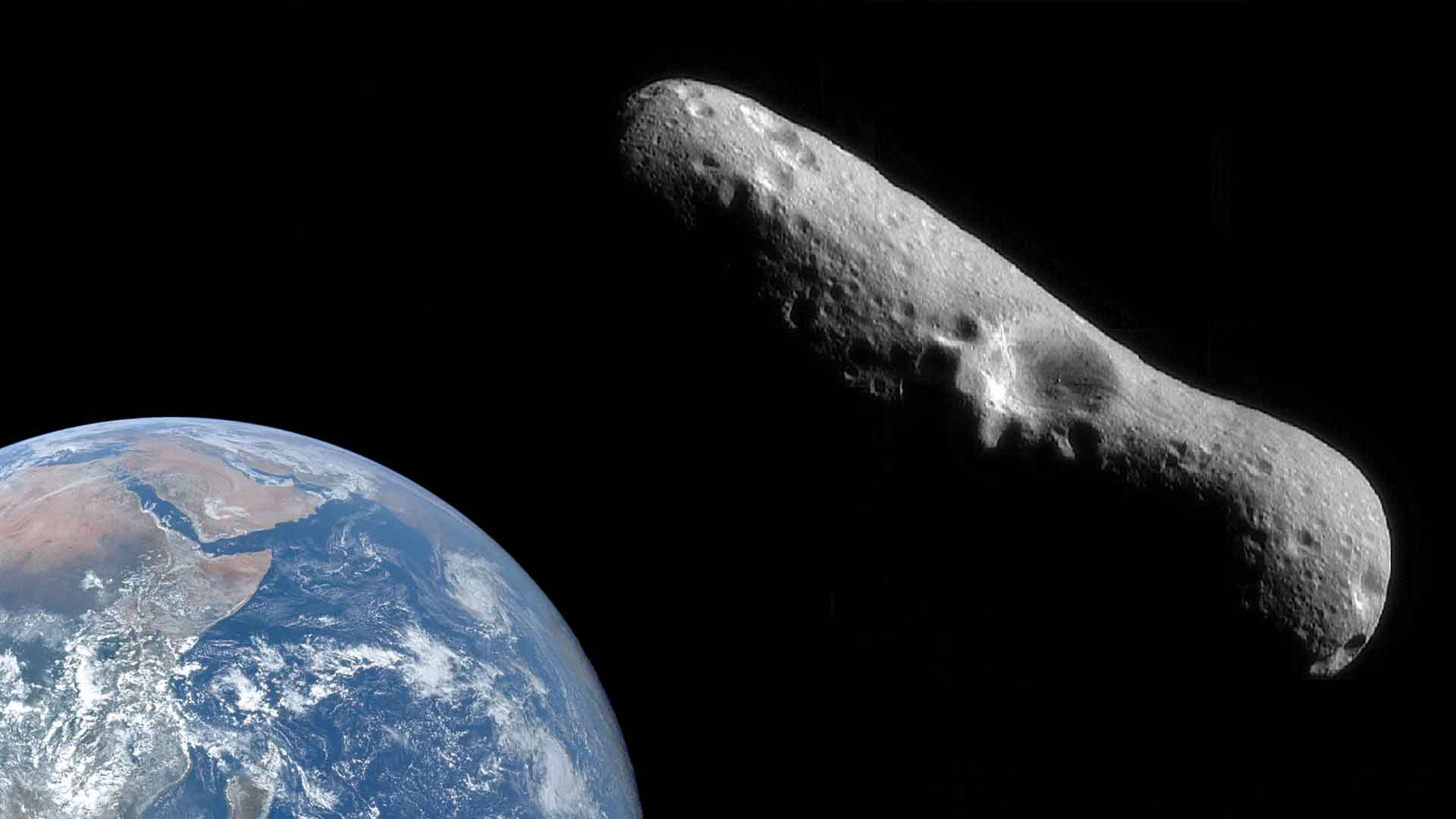
Source: NASA/Newsmakers; NASA/Apollo 17 crew/Wikipedia
This finding suggests that similar asteroids could be more easily deflected than previously thought. The data also showed that such rubble pile asteroids could form in the wake of larger collisions.
Age of the Binary System
Research led by Olivier Barnouin from Johns Hopkins University estimated the age of Didymos at 12.5 million years, while Dimorphos is much younger at less than 300,000 years.
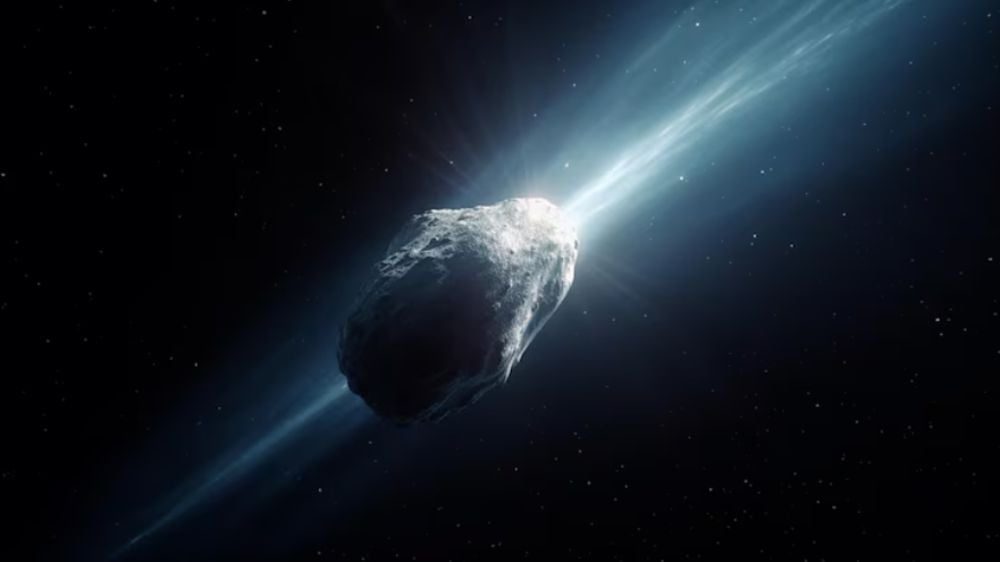
Source: Freepik
This discovery was surprising, as it indicated multiple generations of rubble pile asteroids could form over time.
Formation of Dimorphos
Dimorphos likely formed from debris created by Didymos spinning and shedding material. As Didymos spun faster due to sunlight, its shape changed, causing large pieces to roll off.
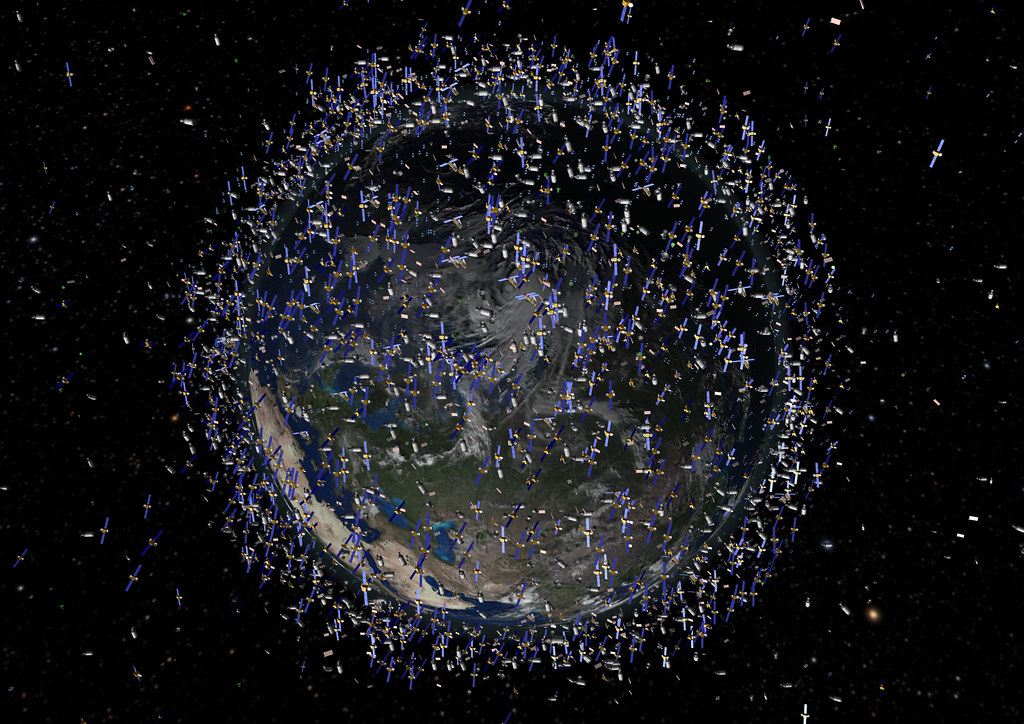
Source: Hopeful in NJ/Flickr
These pieces eventually coalesced to form Dimorphos, a process supported by the distribution of boulders observed on the asteroid.
Unique Features of Binary Asteroids
Studies led by Maurizio Pajola found that the Didymos system contains significantly more large boulders than other non-binary asteroids.
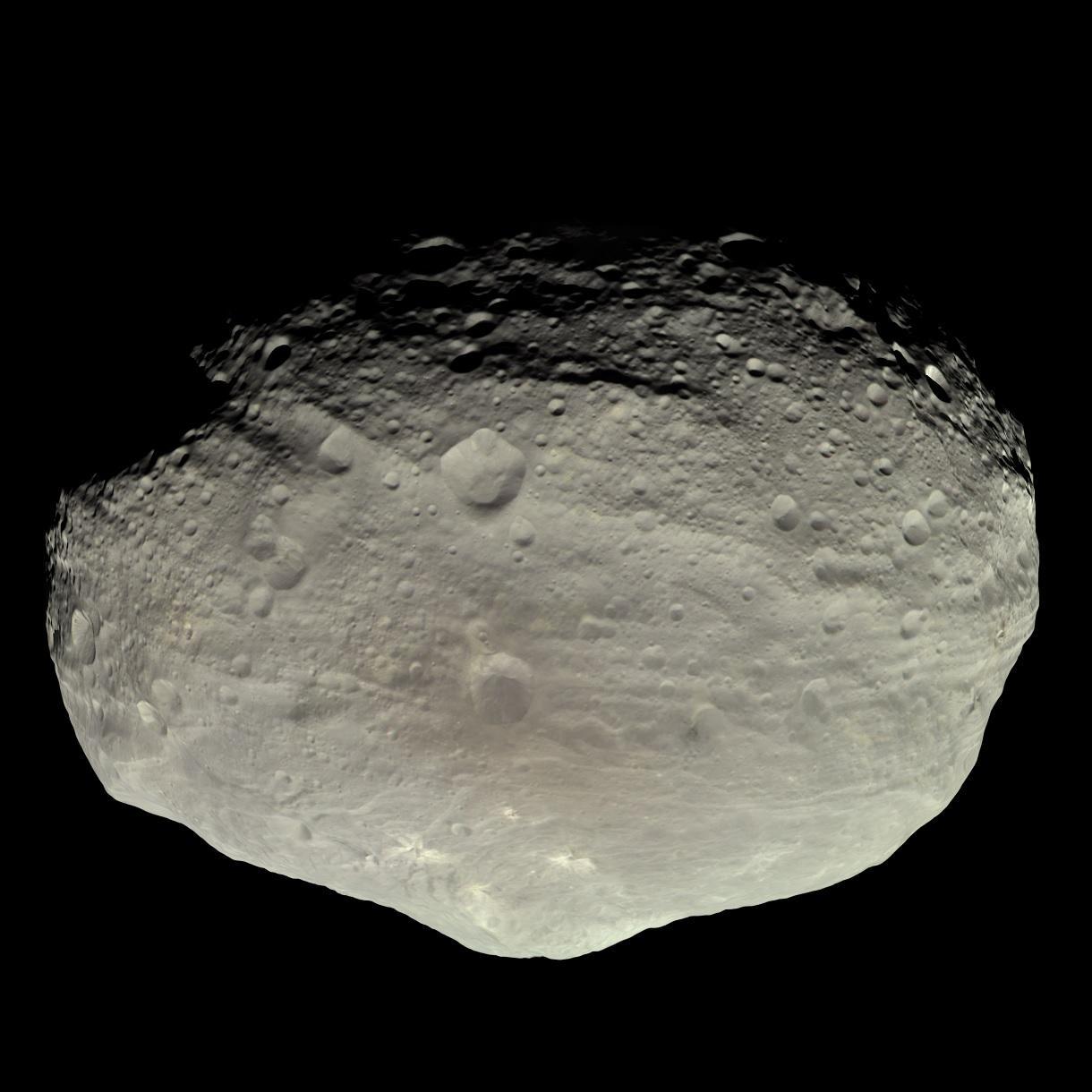
Source: Wikimedia
This abundance of large boulders may be a unique feature of binary systems, shaped by similar processes observed on other asteroids like Itokawa, Ryugu, and Bennu.
Cracking Under Pressure
The studies also revealed that Dimorphos is more susceptible to cracking due to heating-cooling cycles that take place between day and night. This means impacts, like DART’s collision, would produce more debris, enhancing the asteroid’s deflection.

Source: NOIRLab/NSF/AURA/J. da Silva/Spaceengine/Wikimedia Commons; NASA/Apollo 17 crew/Wikipedia
However, it is likely that the underlying structure is much stronger than the surface suggests.
Hera Mission: The Next Step
The European Space Agency’s Hera mission, set to follow up on DART, will provide higher-resolution images of the impact site and probe the asteroids’ interiors using low-frequency radar.

Source: Alexander Gerst/ESA via Getty Images
The mission will enhance our understanding of rubble pile and binary asteroids, further improving planetary defense strategies.
Planetary Defense Implications
The DART mission has demonstrated our ability to alter the trajectory of a potentially hazardous asteroid.
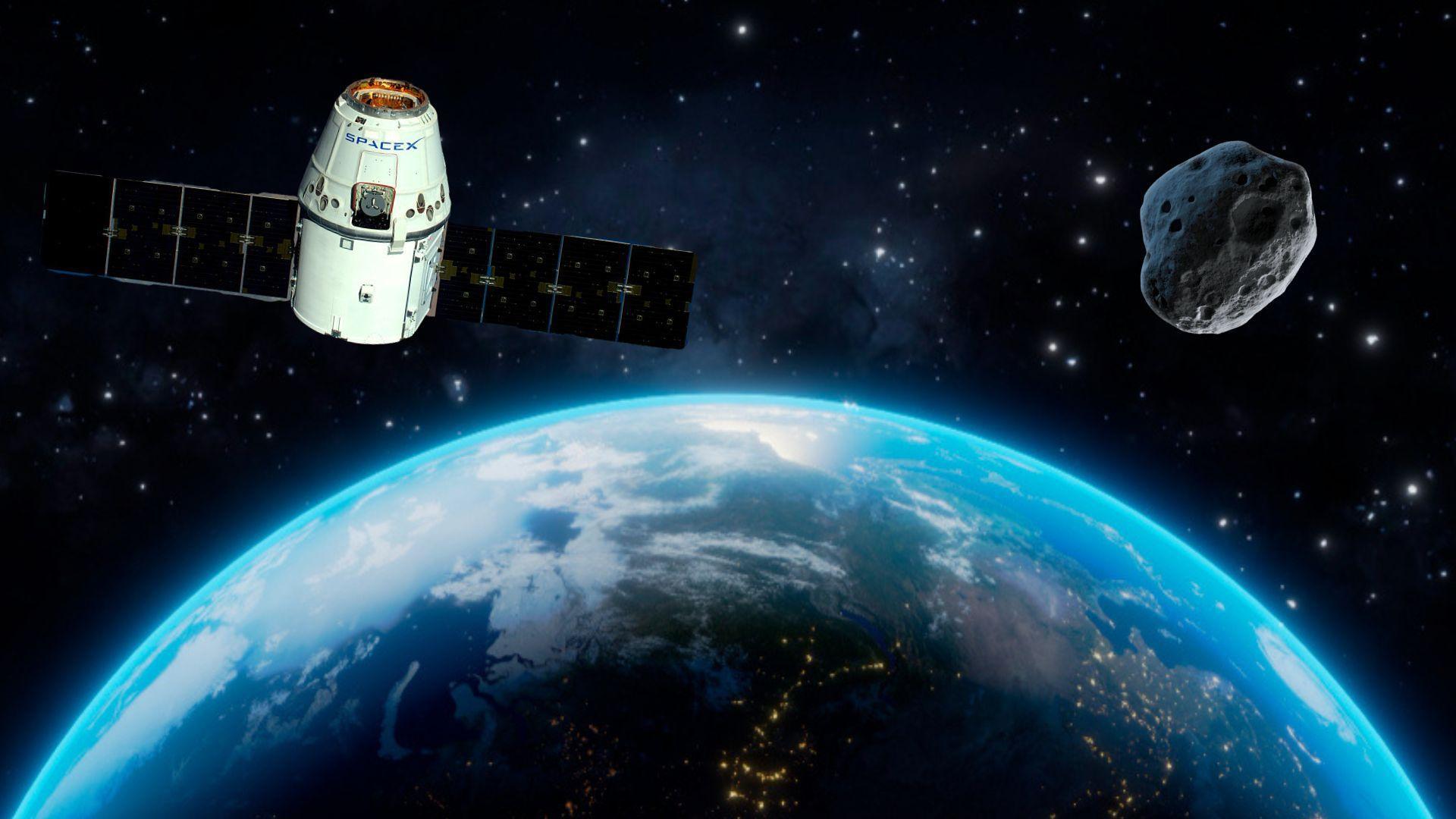
Source: Tim Peake / ESA/NASA via Getty Images/Wikimedia/Wikimedia
By providing insights into the composition and formation of rubble pile and binary asteroids, the mission has advanced our knowledge of how to protect Earth from future asteroid impacts.
A New Era of Space Exploration
DART’s success marks the beginning of a new era in space exploration and planetary defense.

Source: Wikimedia/Canva
The mission’s findings will inform future efforts to safeguard our planet, ensuring we are better prepared for potential asteroid threats.
A Smashing Success
Ultimately, the DART mission was a resounding success.
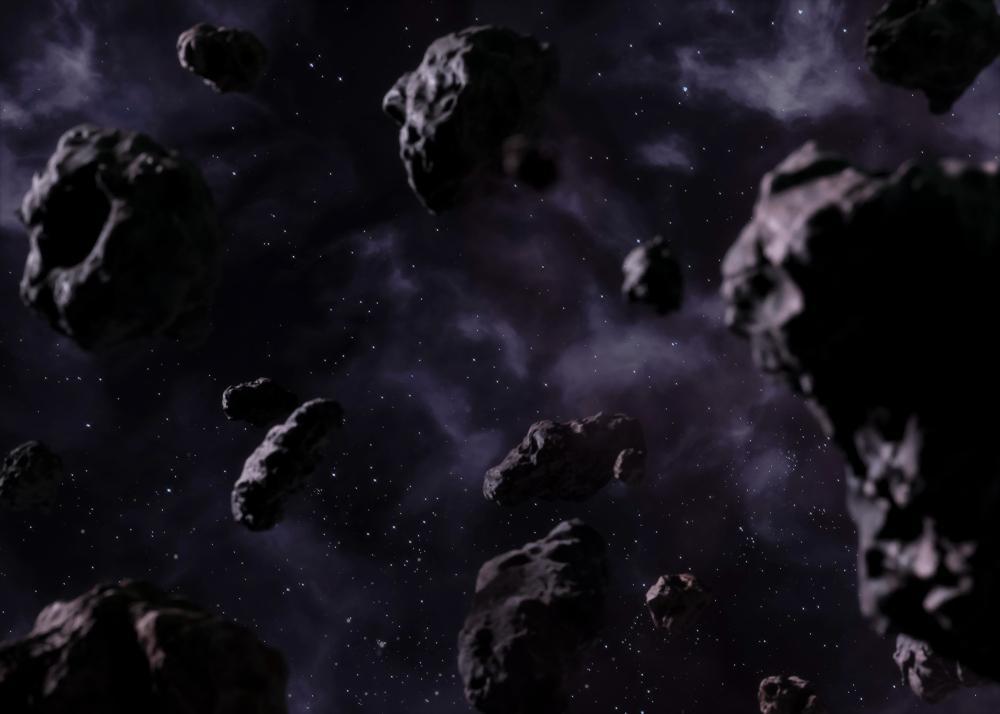
Source: Wikimedia
It provided valuable data on asteroid deflection and the nature of binary asteroids, which will be used for future planetary defense strategies.
